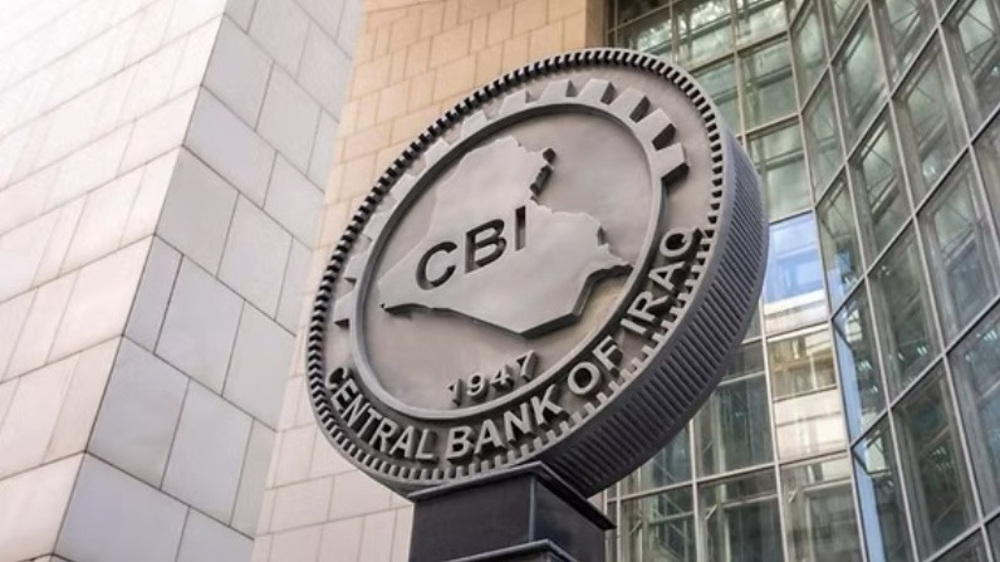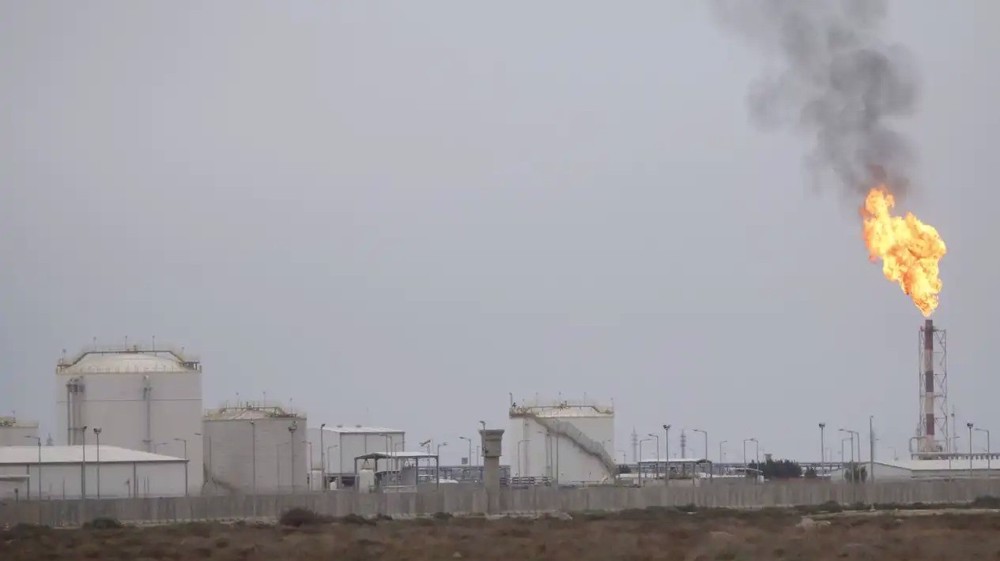How Americans connived with Saddam to crush 1991 Sha’ban uprising
By Wesam Bahrani
After the defeat of Saddam Hussein's Baathist army in the Kuwait War in 1991, followed by the partial breakdown of state institutions due to the crushing impact of US-led military coalition strikes, a power vacuum emerged in Iraq.
This prompted people to rise against the symbols of Saddam's authoritarianism in what came to be known as the Sha'ban uprising in March 1991.
The highest religious authority in the Iraqi holy city of Najaf established a council to manage the affairs of the Arab country.
Its call spread across central and southern predominantly Shia provinces, sparking a significant popular movement. Kurdish rebels in the north also took an active part.
As word reached Iran, thousands of Iraqi resistance forces who lived in exile crossed the border into Iraq along with the Badr Brigades, under the guidance of late resistance commanders Lieutenant-General Qassem Soleimani and Abu Mahdi al-Muhandis as well as the head of Badr organization, Hadi al-Ameri.
The impressive willpower and unflinching faith of the Iraqi people saw them quickly take control of 14 southern and central provinces, beginning with Barsa and Nasiriyah in the very southern regions.
While Saddam lost much of his army, he held on to his powerful and loyal republican guard, which was backed by combat helicopters, tanks, and other heavy weapons, including artillery.
The resistance forces, predominantly Shia, owned a limited number of light arms captured from police stations and arms depots that had been pretty much depleted.
The national dream of toppling the brutal Saddam regime was within reach but needed international help to create a no-fly zone. The resistance forces called for international support, especially with US forces present on Iraqi territory. The message could have been sent via the Americans.
The US administration of President George H. W. Bush initially stated the primary goal was to expel Saddam's forces from Kuwait, not to overthrow the regime in Iraq.
Nevertheless, the Pentagon was concerned that the popular resistance would overthrow Saddam's regime, and senior US politicians changed their tune by assuring Iraqis that the US military would impose a no-fly zone and support their revolution.
President H. W. Bush proceeded to encourage "the Iraqi people to take matters into their own hands". And in another televised address, he repeated that "the Iraqi people should put [Saddam] aside".
To make sure the message was loud and clear in every village, a CIA-funded Ba'athist radio station in Iraq sounded the drums of war across the airways with messages in Arabic declaring "Rise to save the homeland from the clutches of dictatorship".
Unknown to Iraqis, the voice behind the radio messages was a Ba'athist agent working in coordination with Saddam and the US State Department.
Iraqis would later know that amid their uprising, high-ranking officials in the US and within Saddam's regime were on a first-name basis in their secret correspondence.
With the Sha'ban uprising becoming increasingly popular, the US declared a ceasefire with the Iraqi regime, reaching an infamous agreement with Saddam at what became known as the Safwan tent on the Iraq-Kuwait border.
The agreement, published years later, allowed Saddam to use Iraqi helicopters to crush the uprising, leading to the brutal shelling and destruction of rebellious cities.
Despite the US supporting regime change in Iraq and encouraging the nation to topple Saddam, George H.W. Bush allowed the former Iraqi dictator to use the most savage military force against his own people.
As American officials watched the brutal clampdown, some attributed the shift in US policy to avoid the establishment of an anti-imperialist government in Iraq. Saddam was, after all, another dictator in the Arab world serving the interests of America.
Many inside the Arab country fell into a vicious US trap.
The US intervened not only to protect Saddam's regime from collapsing but also supported the genocidal campaigns he carried out in the central and southern provinces of Iraq to serve Washington's interests.
Historical sources suggest that the anti-Iran terrorist organization Mujahideen-e-Khalq (MKO) had significant cooperation with the former Iraqi regime to suppress the Sha'ban Uprising, especially in the province of Basra.
As hopes quickly began to fade, one of the last sources of resistance was in Karbala. The two popular and revered shrines of Imam Hussein and his brother Hazrat Abbas served as the headquarters of resistance operations.
Such were the basic military weapons used by resistance forces to defend the city, the shrines' loudspeakers were used to issue instructions.
The only real footage that can be found on the internet today of the Sha'ban Uprising was filmed in Karbala by two brothers, one of whom was murdered by Saddam’s forces, and the other managed to escape with the videotape.
It shows the horror of the regime's republican army edging closer to the holy shrines, the scenes of mayhem inside the holy sites, where men, women and children took shelter and a field hospital was set up.
With little medicine left, critically injured resistance fighters lay on the floor amid the sound of explosions. A female doctor screamed for help, but nobody paid attention.
For Iraqis, it is impossible to forget how the former Ba'athist leaders bombarded the holy shrine of Imam Hussein with artillery and Saddam's tanks that entered Karbala with the inscription: ‘No Shia After Today’.
After suppressing the uprising, specifically on March 19, the first day of Ramadan that year, the high-ranking Islamic scholars in Najaf were arrested and sent to Baghdad. Some were placed under house arrest. Many were executed. Others migrated from Iraq.
This revolution, which started in Sha'ban (the month before Ramadan) in March 1991, ended with hundreds of thousands of men, women, and children executed and dumped in mass graves.
Hundreds of thousands of others were tortured in prisons. Some made it. Many did not. However, after the fall of the Ba'athist regime, the Sha'ban uprising was largely forgotten around the world.
For the many Iraqis who lost a loved one, the intervention and betrayal of America remains unforgivable.
It is one of many factors that explains why American troops would never be welcome in Iraq and why the people of Iraq continue to call for their ouster.
Wesam Bahrani is an Iraqi journalist and commentator.
(The views expressed in this article do not necessarily reflect those of Press TV.)
12 dead, dozens injured in mass shooting at Jewish event in Australia
‘Cinema Verité’ festival and a new geography of global resistance documentary
VIDEO | Iran seeking ouster of US forces from West Asia region: Analyst
VIDEO | Press TV's news headlines
BritCard protest march converges on London
Iran Greco-Roman athlete Farrokhi named wrestling phenomenon of year
Iran finishes runner-up at Asian Youth Para Games
Discover Iran: Gonbad-e Qabus, a millennium-old tower of brick and geometry in Golestan










 This makes it easy to access the Press TV website
This makes it easy to access the Press TV website